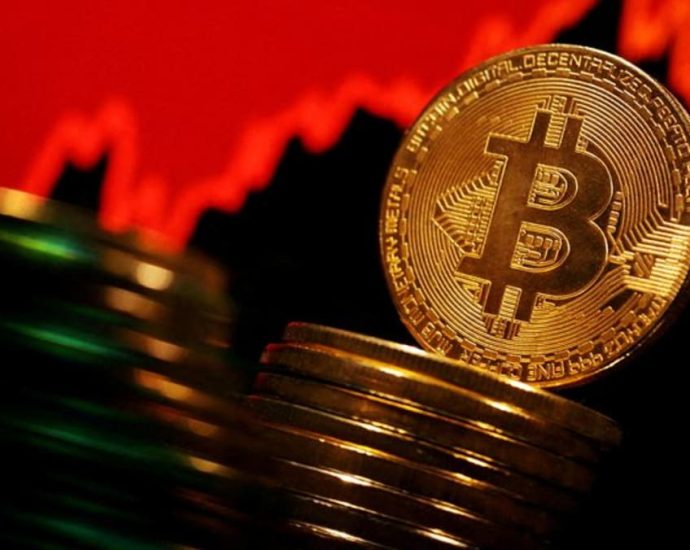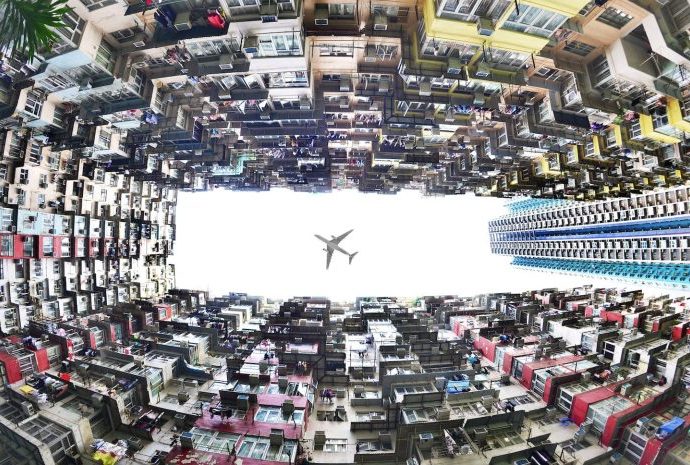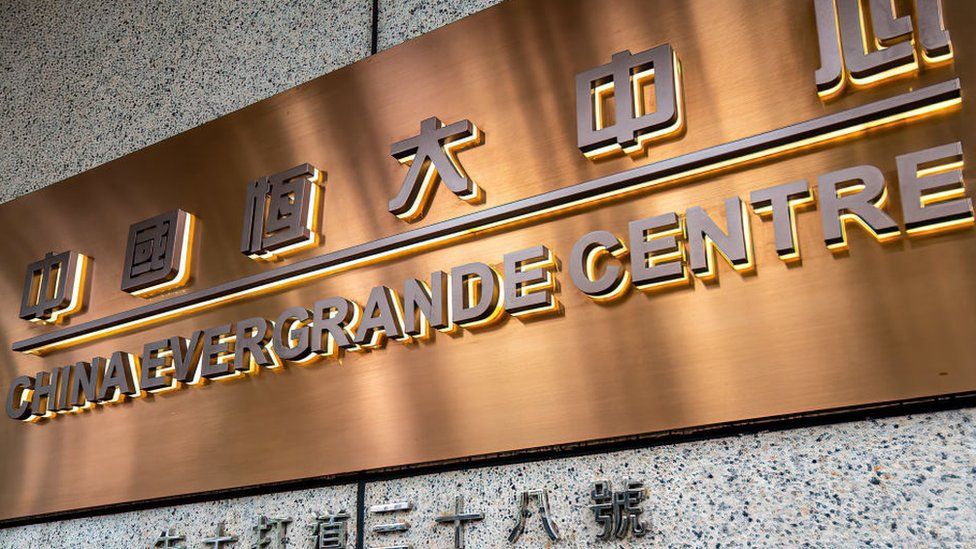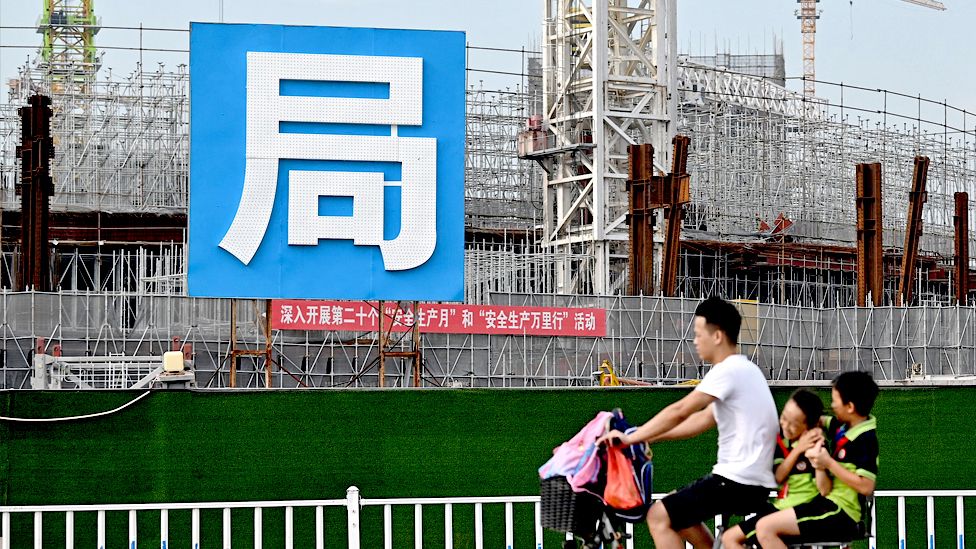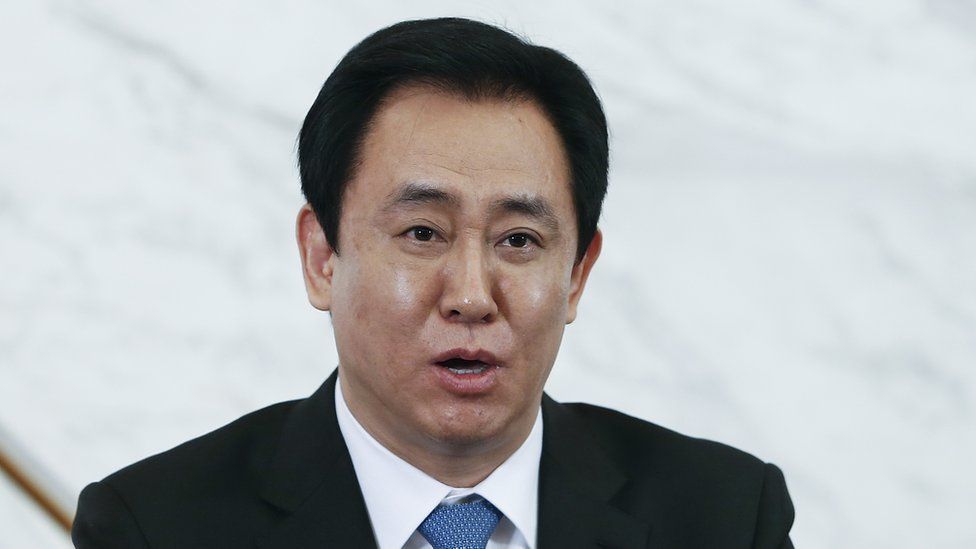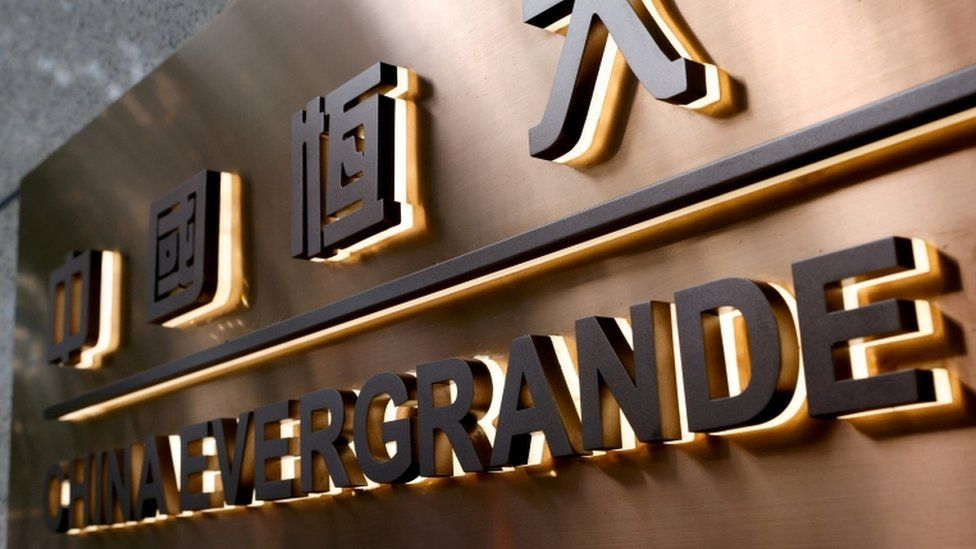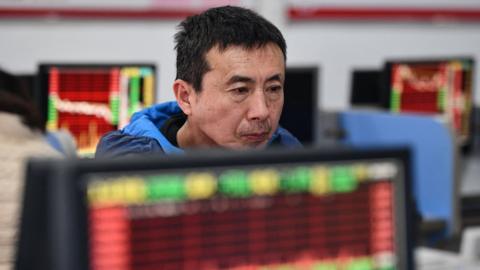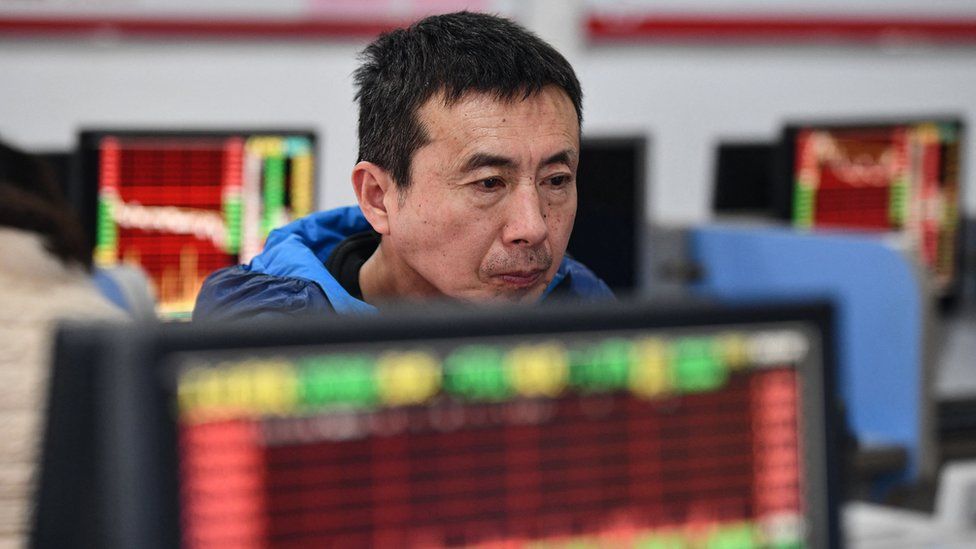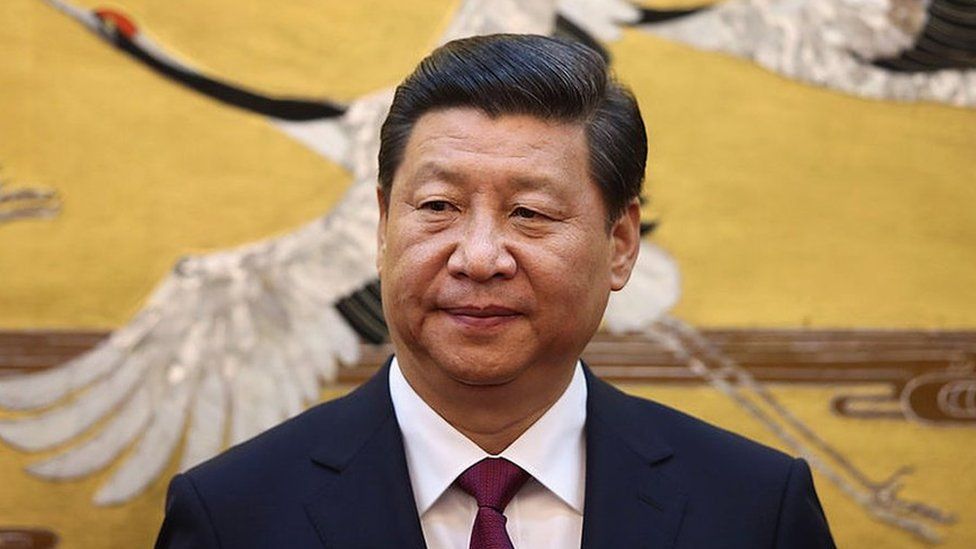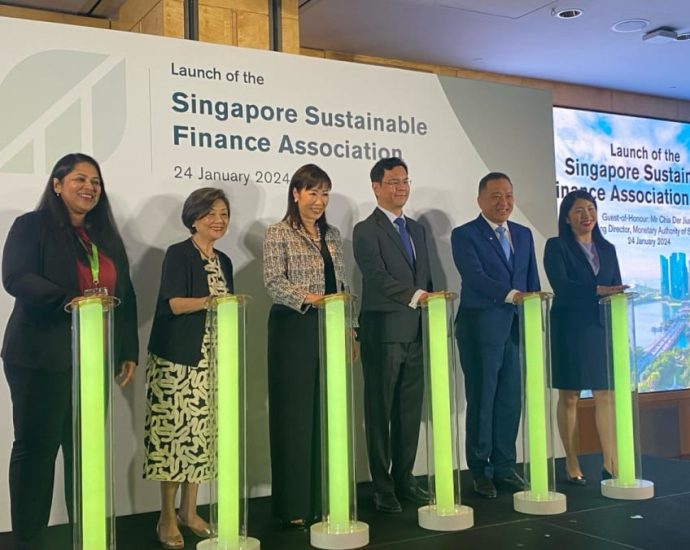US calls Chinese EVs a posssible security threat – Asia Times
The Biden administration has warned that Chinese electric vehicles can pose a national security threat to the United States as they can collect huge amounts of personal information and may send it overseas.
US Commerce Secretary Gina Raimondo said during an Atlantic Council fireside chat on Tuesday that the US should think deeply about whether it wants all the data collected by electric and autonomous vehicles to be sent to China. She said the information could be about the driver, the location of the vehicle and the surroundings of the vehicle.
Raimondo’s comments came after Bloomberg reported last week that the White House is preparing an executive order to prevent foreign adversaries from accessing “highly sensitive” individual data.
A Commerce Department official said the commerce chief’s comments were not unrelated to the executive order. The official said Raimondo is increasingly focused on new technology areas from a national security perspective.
Chinese columnist Ruan Jiaqi on Wednesday criticized Raimondo, accusing her of maliciously defaming China’s EV makers. Ruan said EVs made by Chinese firms such as BYD have already received strong market responses in Europe and Latin America but not actually entered the US market due to an additional 25% tariff imposed by the Trump administration on Chinese autos in 2019.
Citing a previous comment from the Chinese Foreign Ministry, Ruan said the United States’ protectionism may have violated the World Trade Organization’s most-favored-nation principle and national treatment principle. She said the US should abide by WTO rules, uphold the trade order to ensure fair competition and provide a fair, just and nondiscriminatory business environment for foreign companies.
In 2022, the US Federal Communications Commission cited national security reasons for banning the sale of communications equipment made by Chinese companies Huawei and ZTE and restricted the use of some China-made video surveillance systems in US critical infrastructure. Over the past few years, the US has also successfully persuaded its European allies not to use Huawei’s 5G equipment.
US measures
Tesla’s Chief Executive Elon Musk said last week that Chinese electric car makers will find significant success outside of China and will be able to demolish most global competitors other than Tesla if there are not any trade barriers established.
In recent months, the Biden administration has taken some measures to curb China’s EV ambitions in the US.
On December 4 last year, the US Treasury Department published a set of guidelines for federal clean vehicle tax credits established by the Inflation Reduction Act, US President Joe Biden’s signature climate law.
According to the guidelines, starting in 2024, vehicles containing battery components manufactured or assembled by a “foreign entity of concern” – that is, in China, Russia, Iran or North Korea – will be ineligible for the clean vehicle tax credit.
Starting in 2025, vehicles whose batteries contain certain “critical minerals” extracted or processed in any of those four countries will also be ineligible for the credit.
On December 22, US lawmakers passed the National Defense Authorization Act to prevent the Defense Department from buying batteries produced by Contemporary Amperex Technology Co Ltd (CATL), Envision Energy Ltd., EVE Energy Co, Gotion High Tech Co and Hithium Energy Storage Technology Co from October 2027. But the measure won’t extend to commercial purchases by companies such as Ford.
In February 2023, Ford and CATL announced that they would join hands to produce lithium-iron-phosphate batteries for EVs made in Michigan. However, Ford said last September that it has stopped work on construction on the US$3.5 billion battery-making project due to a number of unspecified considerations.
On Tuesday, Republican representatives Mike Gallagher, chair of the Select Committee on the Chinese Communist Party, and Cathy McMorris Rodgers, chair of the House Committee on Energy and Commerce, called on the federal government to investigate alleged ties between automaker Ford and four unnamed Chinese business partners related to the Ford-CATL battery project.
China’s expansion
Chinese state media and commentators said it won’t be easy for the US to suppress China’s EV sector this time as Chinese EV and battery makers have been expanding quickly in Europe and other regions.
The state-owned People’s Daily said in a report on Wednesday that Chinese and European EV sectors are highly complementary with each other as they are good in different areas.
It said China’s CATL has already started producing EV batteries in Thuringia, Germany in early 2023 and selling them to BMW, Bosch and Mercedes-Benz Group. It said China’s EV makers have successfully entered the markets in Southeast Asia, Middle East and Africa.
According to the China Association of Automobile Manufacturers (CAAM), the number of new energy vehicles (NEVs) produced in China rose 35.8% to 9.59 million units last year from 2022 while those sold in the country increased 37.9% to 9.5 million units.
The National Passenger Car Information Exchange Association said China exported 1.2 million units of NEVs, 38% of which were shipped to Europe last year. It said Belgium, the United Kingdom, Slovenia and France were among the top destinations of Chinese NEVs.
Read: Ford-CATL deal exposes trade and tech war limits
Read: Trade war, tech war, chip war…EV war?
Follow Jeff Pao on Twitter at @jeffpao3







